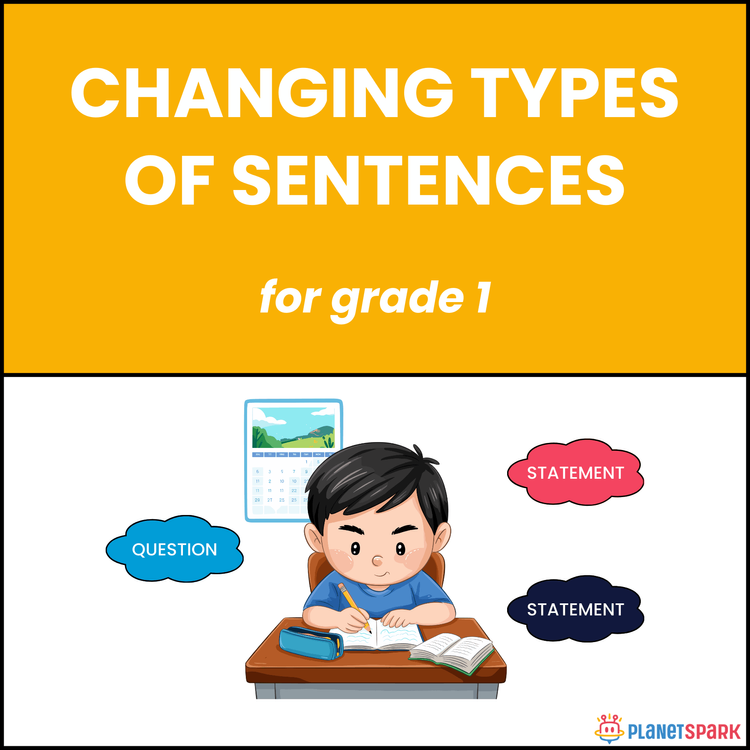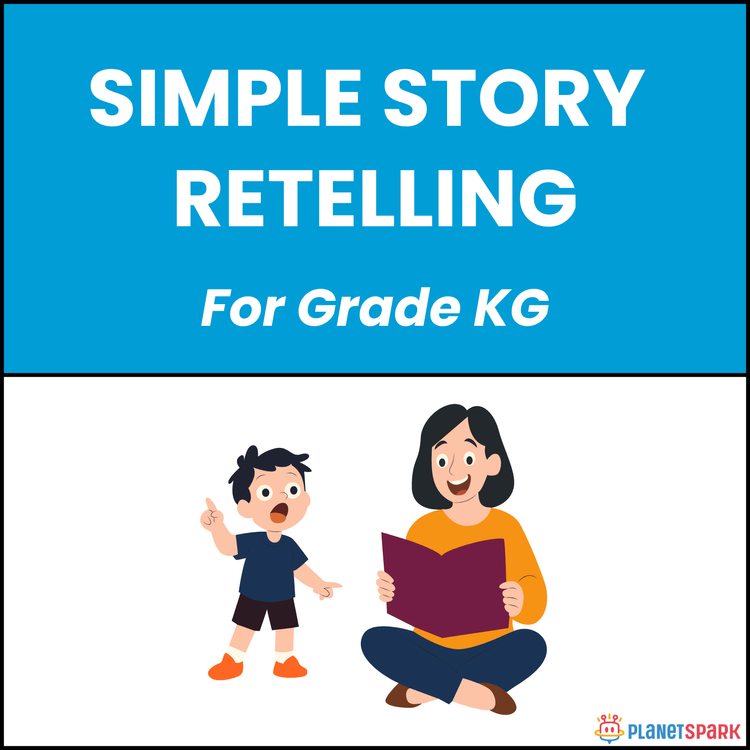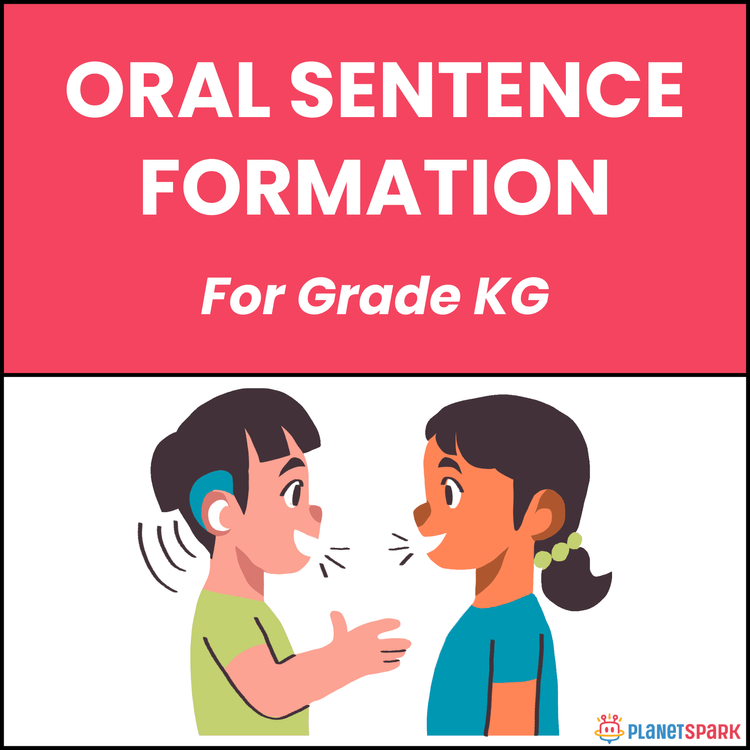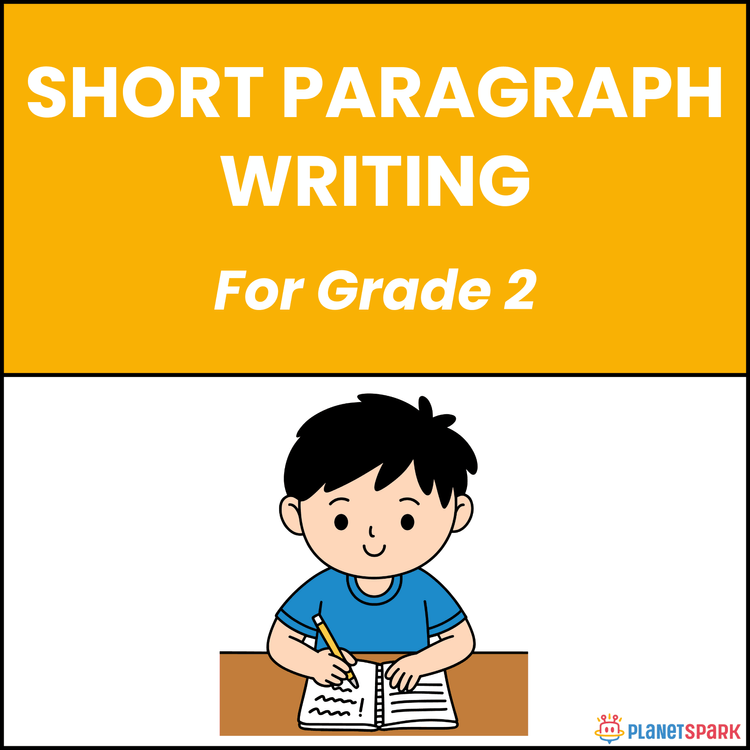Class 1 Reading Passage on A Visit to the Farm


Class 1 Reading Passage on A Visit to the Farm
Fun on the Farm: Reading Passage “A Visit to the Farm” for Class 1
This Grade 1 reading comprehension worksheet takes children on a joyful trip to a farm. Through this simple and relatable passage, young readers learn about animals, crops, and the work of a farmer — helping them improve vocabulary, comprehension, and curiosity about real-life environments.
Why Reading Comprehension Matters in Early Learning?
1. It helps children connect stories to real-life experiences.
2. It builds vocabulary and general knowledge.
3. It improves sentence understanding and question-answering skills.
4. It encourages appreciation for nature and community helpers like farmers.
What’s Inside This Worksheet?
📖 Reading Passage – A Visit to the Farm
Riya’s class goes on a trip to Mr. Singh’s farm. The children see cows, hens, and goats. They learn how the farmer feeds the animals and waters the crops. Riya feels the soft wool of a sheep and enjoys the fresh air. Before leaving, everyone thanks Mr. Singh for teaching them about farm life.
🧠 Objective Questions – Multiple Choice
Students answer fun, factual questions about who took them to the farm, what animals they saw, and what Riya touched.
✏️ Subjective Questions – Short Answers
Learners write short answers about who Mr. Singh was, what the children learned, and why they liked the
✅ Answer Key (For Parents & Educators)
Objective Questions:
1. b) Mr. Singh
2. b) Cows, hens, and goats
3. d) Crops and animals
4. b) A sheep’s wool
5. c) Happy
6. b) Thanked Mr. Singh
Subjective Questions:
7. Mr. Singh was the farmer.
8. They thanked him for teaching them about farm life.
9. The children saw cows and hens.
10. Yes, I would like to visit a farm to see animals and crops.
Help your child learn about nature, animals, and kindness through this cheerful reading comprehension activity!
🔖Book a free trial!
Frequently Asked Questions
They help children learn about animals, crops, and farm life while improving reading skills.
They build observation, sequencing, and understanding of real-world environments in early English learning.
It connects classroom reading with nature and everyday life, enhancing vocabulary and curiosity.







